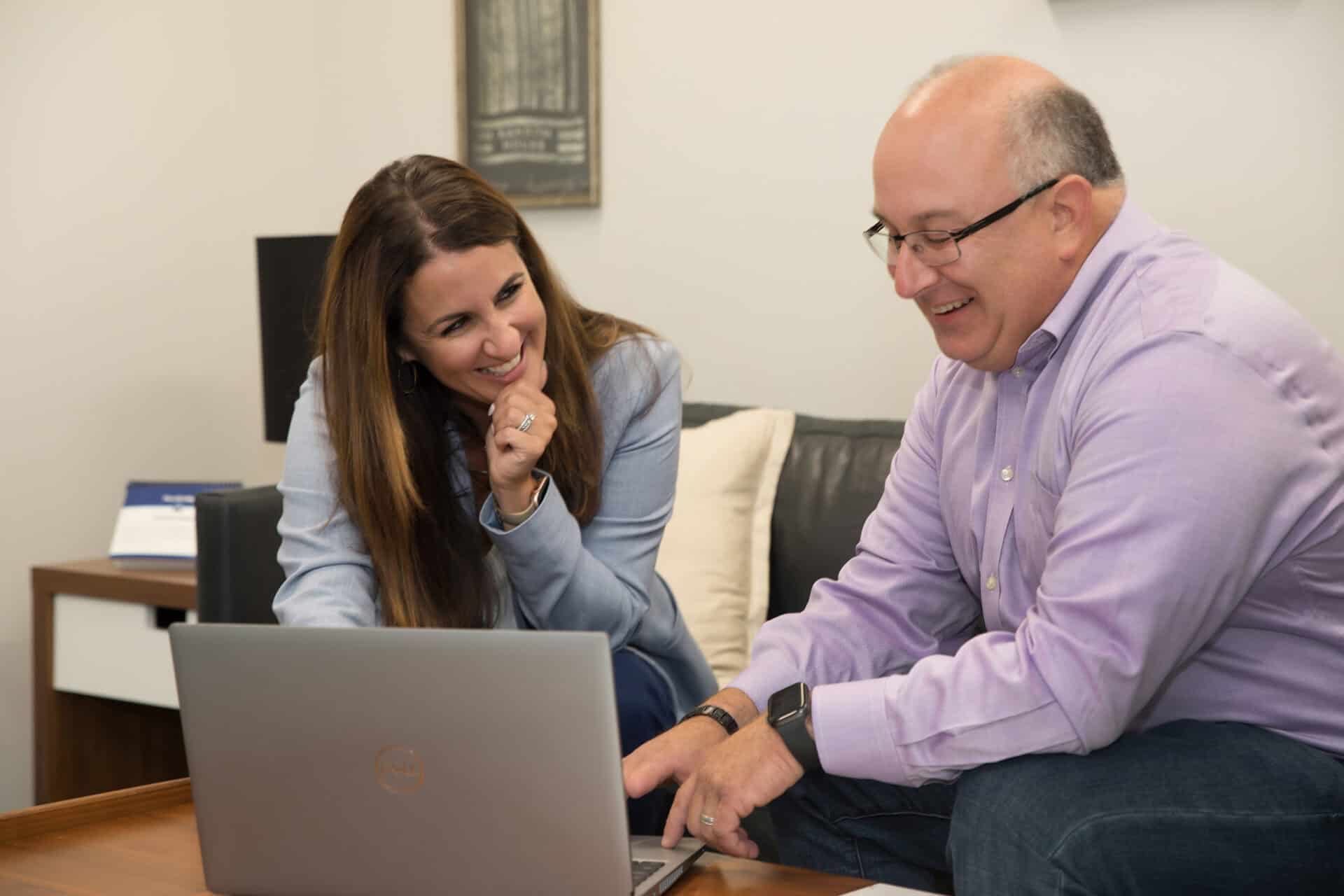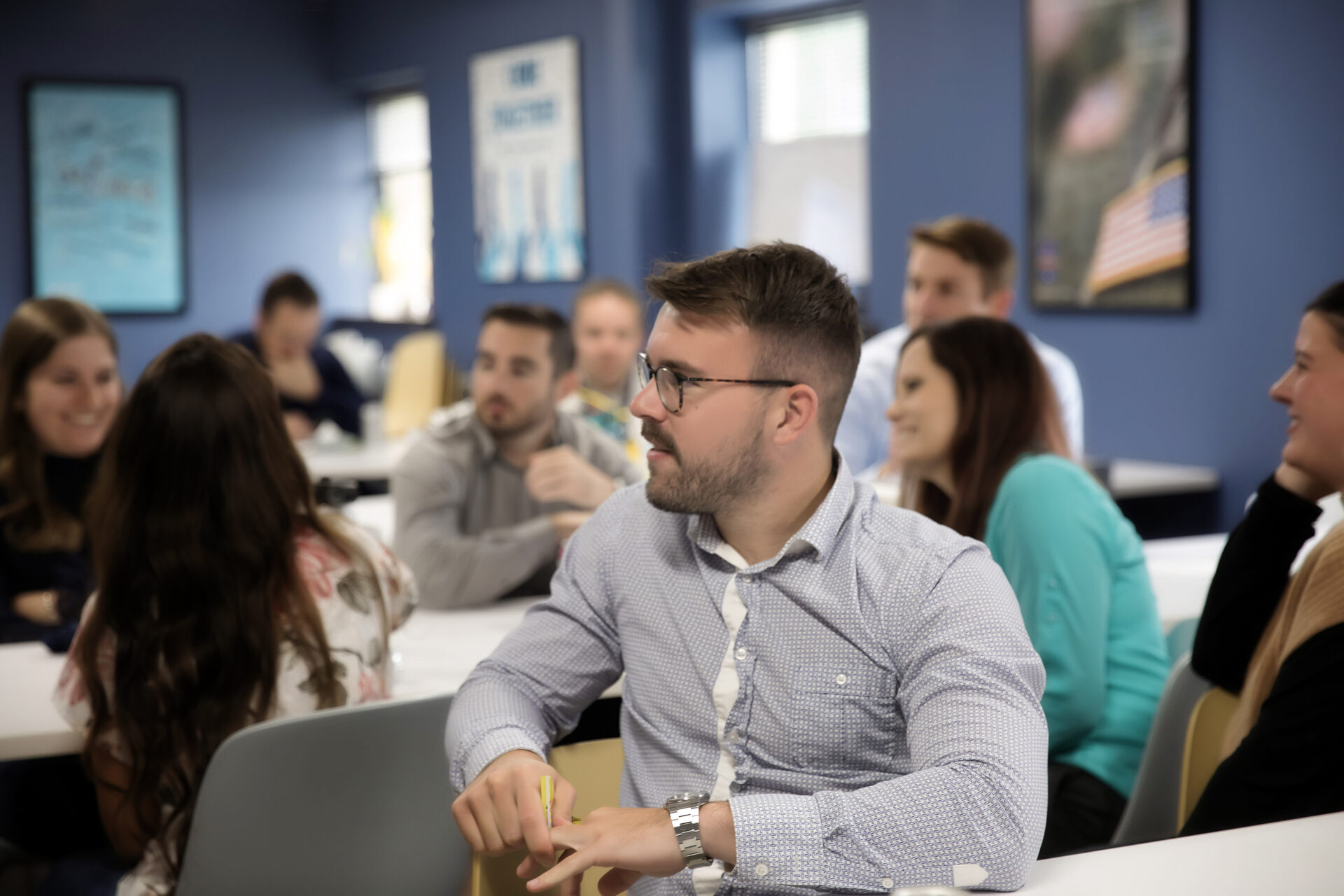OUR INSIGHTS

Blog
Top 7 Mistakes Startups Make Without a CFO—and How to Avoid Them

Blog
How to Prepare Your Business for Succession Without Losing Its Soul

Blog
Social Security Fairness Act – What Would Jeff Do?

Blog
Estate Planning Q&A: Charitable split interest trusts explained

Blog
Fraud Detected: What to Do Next to Protect Your Business
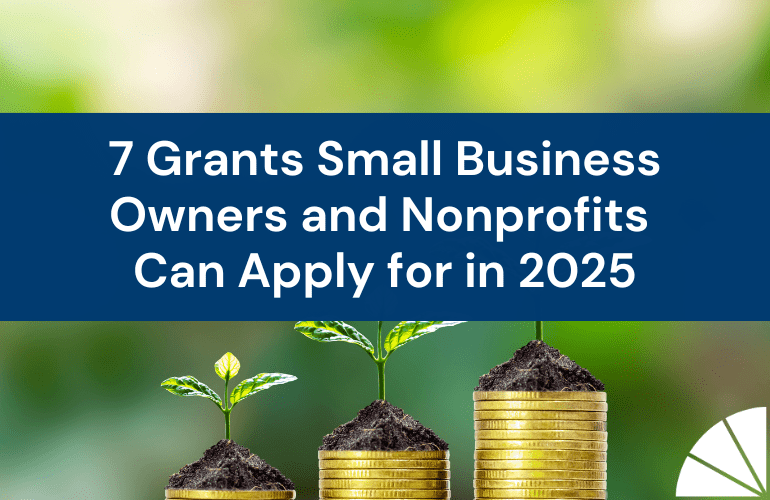
Blog
7 Grants Small Business Owners and Nonprofits Can Apply for in 2025

Blog
Estate planning in 2025: What you can do now

Blog
2025 Economic Uncertainty: Protect Your Business
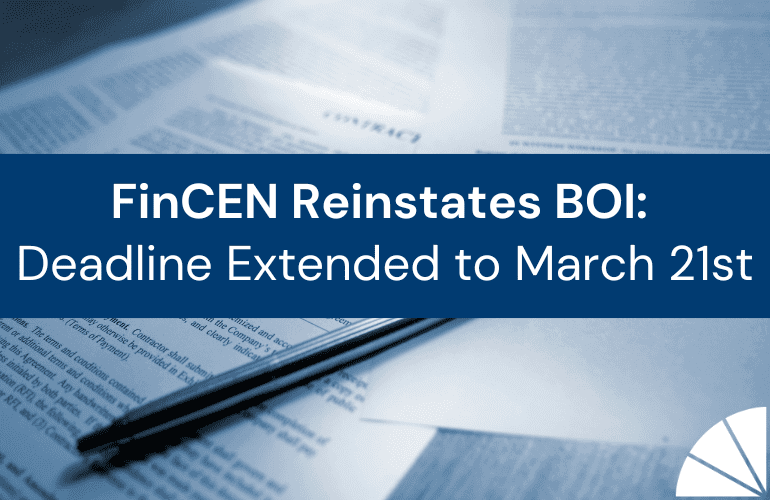
Blog
BOI Reporting Deadline Extended: What Businesses Need to Know

Blog
Protect Yourself from Fraud: How to Recognize and Avoid Today’s Most Common Scams
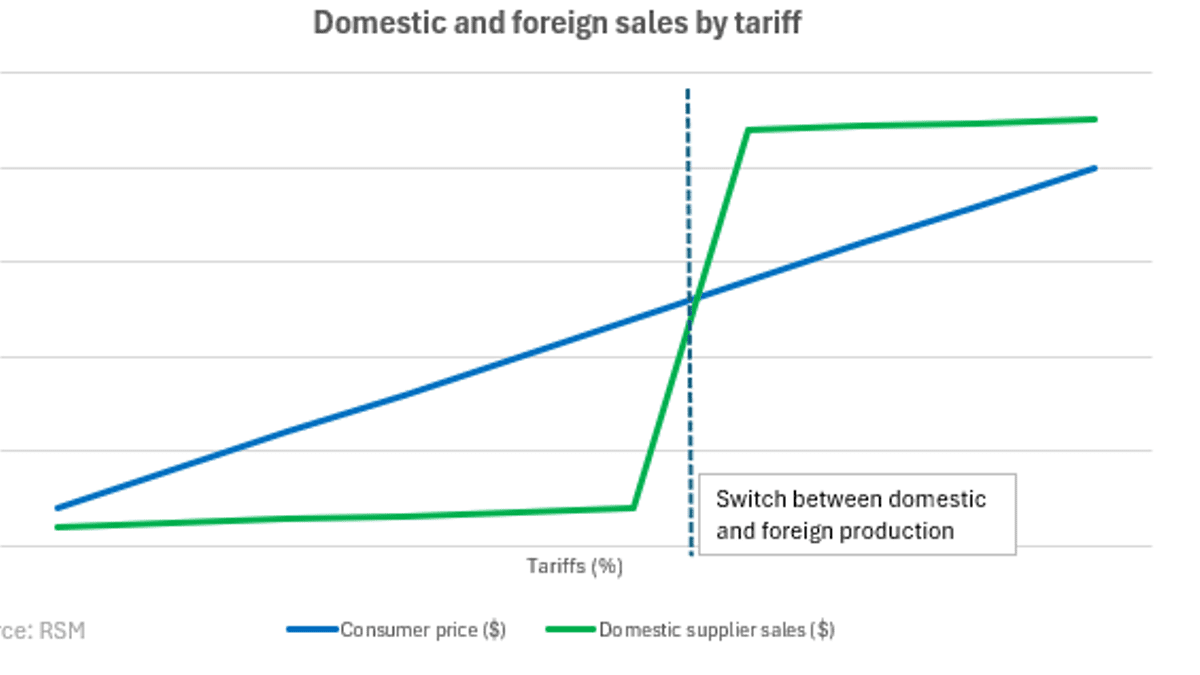
Blog
The impact of tariffs: Balancing costs, supply chain and profitability

Blog
Helping Your Child Own a Home – What Would Jeff Do?
Disclaimer:
The materials provided in the Insights section are for general informational purposes only and may not reflect the most current legal, tax, or financial developments. While we strive to ensure accuracy at the time of publication, LGA does not guarantee that the information remains up-to-date or free from error. We recommend consulting directly with an LGA team member to confirm the applicability and relevance of any information to your specific situation.



